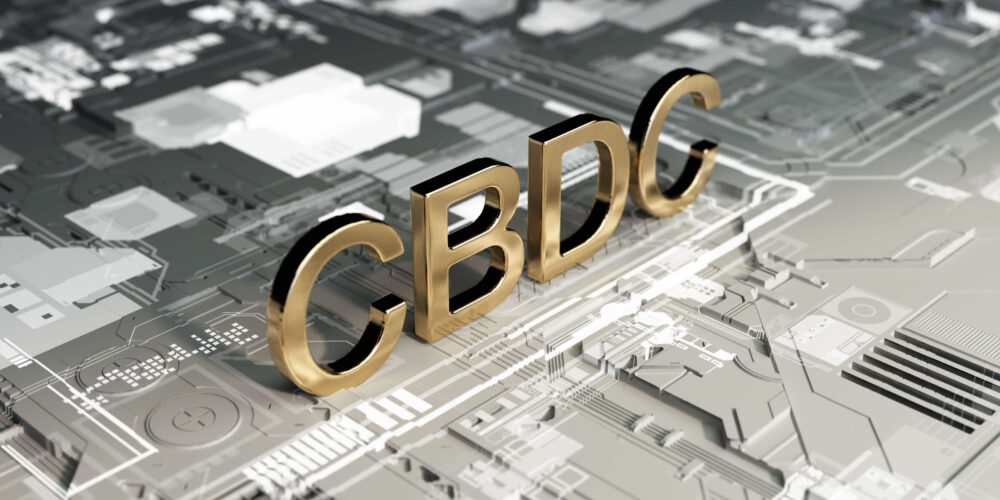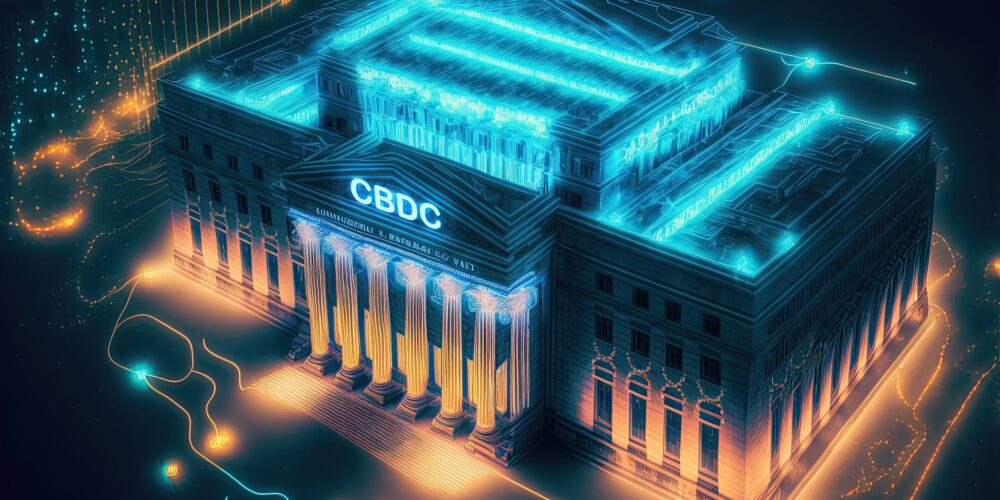The digital asset ecosystem has rapidly transitioned from the margins into mainstream finance, prompting unprecedented regulatory measures and collaborative security frameworks. Recent legislation such as the U.S. GENIUS Act and innovative security networks like TRM Labs’ Beacon Network are shaping a future where stablecoins and cryptocurrencies can coexist with stringent compliance, ensuring safety in the expanding digital marketplace.
Mainstream Adoption Accelerates
As acceptance of cryptocurrencies broadens, major banks are actively experimenting with tokenized deposits, aiming to streamline transactions and enhance liquidity. Payment providers, too, are boldly rolling out crypto settlement rails, facilitating faster and more efficient financial operations globally. Merchants across various sectors are now embracing digital currencies, motivated by the promise of reducing costs associated with traditional banking systems.
In this evolving landscape, stablecoins have emerged as one of the most rapidly adopted innovations in financial services. They serve as a bridge between the volatility of traditional cryptocurrencies and the stability of fiat currencies, making them a preferred choice for users engaging with digital assets daily. As consumers become increasingly acquainted with various crypto solutions, the landscape of finance is set for a revolutionary overhaul.
The GENIUS Act: U.S. Stablecoin Framework
Signed into law in July 2025, the GENIUS Act—standing for Guiding and Establishing National Innovation for U.S. Stablecoins Act—has established the first comprehensive regulatory framework for payment stablecoins in the United States. This landmark legislation mandates that stablecoin issuers maintain high-quality reserves, ensure redemption rights for consumers, and undergo robust oversight from banking regulators.
“The bill does not provide enough consumer protection, and allows big tech companies to engage in bank-like activities without being subject to the tougher regulations required of banks.” Consumer Reports
While this legislative move is heralded as a step forward, criticism lingers regarding its adequacy in protecting consumers. Skeptics argue that the act allows technology firms to operate with the same privileges as banks without the necessary regulatory scrutiny, which could compromise financial stability in the digital realm.
Global Regulatory Developments
Meanwhile, other nations are making significant strides in the realm of cryptocurrency regulation. The European Union’s MiCA framework is now in effect, providing a structured approach to digital asset governance. The United Kingdom is adopting a phased rollout of similar reforms, each step oriented towards integrating cryptocurrencies into the broader financial ecosystem with maximal safety nets.
Beyond Europe, Singapore’s Monetary Authority and Dubai’s Virtual Assets Regulatory Authority have both finalized extensive rulebooks governing digital assets. In the U.S., the SEC and CFTC are enhancing their oversight capabilities by forming task forces and hosting public forums, which aim to clarify the jurisdictional responsibilities between these regulatory bodies as Congress considers further legislative frameworks.
Beacon Network: Real-Time Crime Response
In an age where crypto crime is evolving rapidly, the need for real-time responses has become paramount. TRM Labs has launched the Beacon Network, a pioneering initiative designed to facilitate instantaneous intelligence sharing among exchanges, payment providers, and law enforcement agencies. This innovative framework allows verified participants to flag illicit wallet addresses, subsequently triggering alerts that enable swift action against potential criminal activities.
“The Beacon Network is an important step in building a global security shield for digital assets,” said Albert Nan, Chief Security Officer at Poloniex.
By coordinating responses and implementing real-time monitoring, the Beacon Network aims to minimize the risks associated with illicit crypto flows. As evidenced by notable cases where exchanges froze millions of dollars linked to fraudulent activities using the network, the platform sets the groundwork for a more secure crypto environment, aligning closely with the principles of transparency and accountability.
Future Outlook
The main thrust of the digital asset landscape now hinges on the implementation of the GENIUS Act alongside collaborative regulatory frameworks like the Beacon Network. As these initiatives unfold, they will define the next phase of the crypto market, shaping a future where innovation is matched by accountability. Stakeholders are hopeful that these frameworks will enhance consumer confidence while significantly reducing the potential for illicit activities within the ecosystem.
As the industry continues to mature, ongoing dialogue between regulators, technology firms, and law enforcement will be critical. The successful integration of these regulatory practices and collaborative efforts like the Beacon Network may very well establish a new standard for security and efficiency within the growing digital asset ecosystem.
Building a Safer Digital Future
The swift rise of cryptocurrencies necessitates a robust response in terms of regulation and security. The efforts represented by the GENIUS Act and the Beacon Network signal a concerted move towards establishing a balanced and secure digital financial landscape. As we watch these frameworks come to fruition, the industry stands at a pivotal juncture—one that calls for cooperation, innovation, and vigilance to safeguard the future of digital assets.





